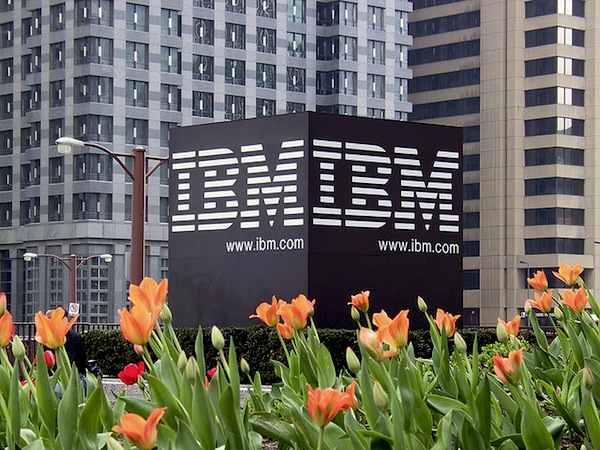
Six in a series. So after five parts, one question remains: What will IBM look like by the end of 2015? It will look like Oracle.
With earnings per share meaning everything and a headcount mandate that can’t be achieved without totally transforming the company, IBM is turning itself into something very different. Gerstner’s service business that saved the company 20 years ago will be jettisoned, probably to a combination of US and international buyers.
Look for the Global Services business to be sold to one or more Indian companies while the current federal business will be sold to one of IBM’s US competitors.
Meanwhile, IBM will move its business toward hardware and applications delivered by partners who carry the Service Level Agreement penalty risk.
Before we move on let’s examine that SLA penalty issue because I think there’s an aspect of this that’s misunderstood in the marketplace. A decade ago in one of those Aha! moments that transform corporations, IBM figured out that it was better to ask forgiveness from its customers than to ask permission. Specifically, IBM modeled two competing scenarios:
- Follow service agreements to the letter
- Ignore service agreements thus saving money and expect to pay penalties as a result
IBM decided it could make more money, a lot more money, by paying penalties than by actually doing what it was being paid to do.
One individual was rewarded for this stroke of genius, by the way, sanctifying what could be one heck of a class-action lawsuit.
Just like Ford deciding it was cheaper for a few customers to die than to improve Pinto fuel tank safety, IBM decided to deliberately cheat its customers. The result is today’s IBM, rotten to the core.
Good riddance.
Meanwhile, IBM has spent lots of money on software product applications and on self-managing hardware. They want to own (not manage) infrastructure that is now hardware and software, not bodies.
Services profit margins are terrible in comparison with combined software and hardware. This two-sided business model has both customers and partners paying. So in Big Data and Enterprise analytics IBM hopes to own analysis and value-added reporting.
It doesn’t even require squinting to see this as emulating Oracle. Both companies will have big hardware, big data, big applications, but not big numbers of people required by the services model. It’s a transformation of the business that IBM will have no trouble spinning as positive for everyone. Everyone, that is, except the thousands of workers about to be let go.
I wonder how they’ll spin that?
Also in this series: "The downfall of IBM"; "Why is IBM sneaking around?"; "It's a race to the bottom, and IBM is winning"; "How do we just fix IBM?"; "IBM as at a tipping point".
Reprinted with permission.
Photo Credits: Alfred Lui (top); wendelit teodoro/360Fashion (Cringley -- below)
 Robert X. Cringely has worked in and around the PC business for more than 30 years. His work has appeared in The New York Times, Newsweek, Forbes, Upside, Success, Worth, and many other magazines and newspapers. Most recently, Cringely was the host and writer of the Maryland Public Television documentary "The Tranformation Age: Surviving a Technology Revolution with Robert X. Cringely".
Robert X. Cringely has worked in and around the PC business for more than 30 years. His work has appeared in The New York Times, Newsweek, Forbes, Upside, Success, Worth, and many other magazines and newspapers. Most recently, Cringely was the host and writer of the Maryland Public Television documentary "The Tranformation Age: Surviving a Technology Revolution with Robert X. Cringely".

